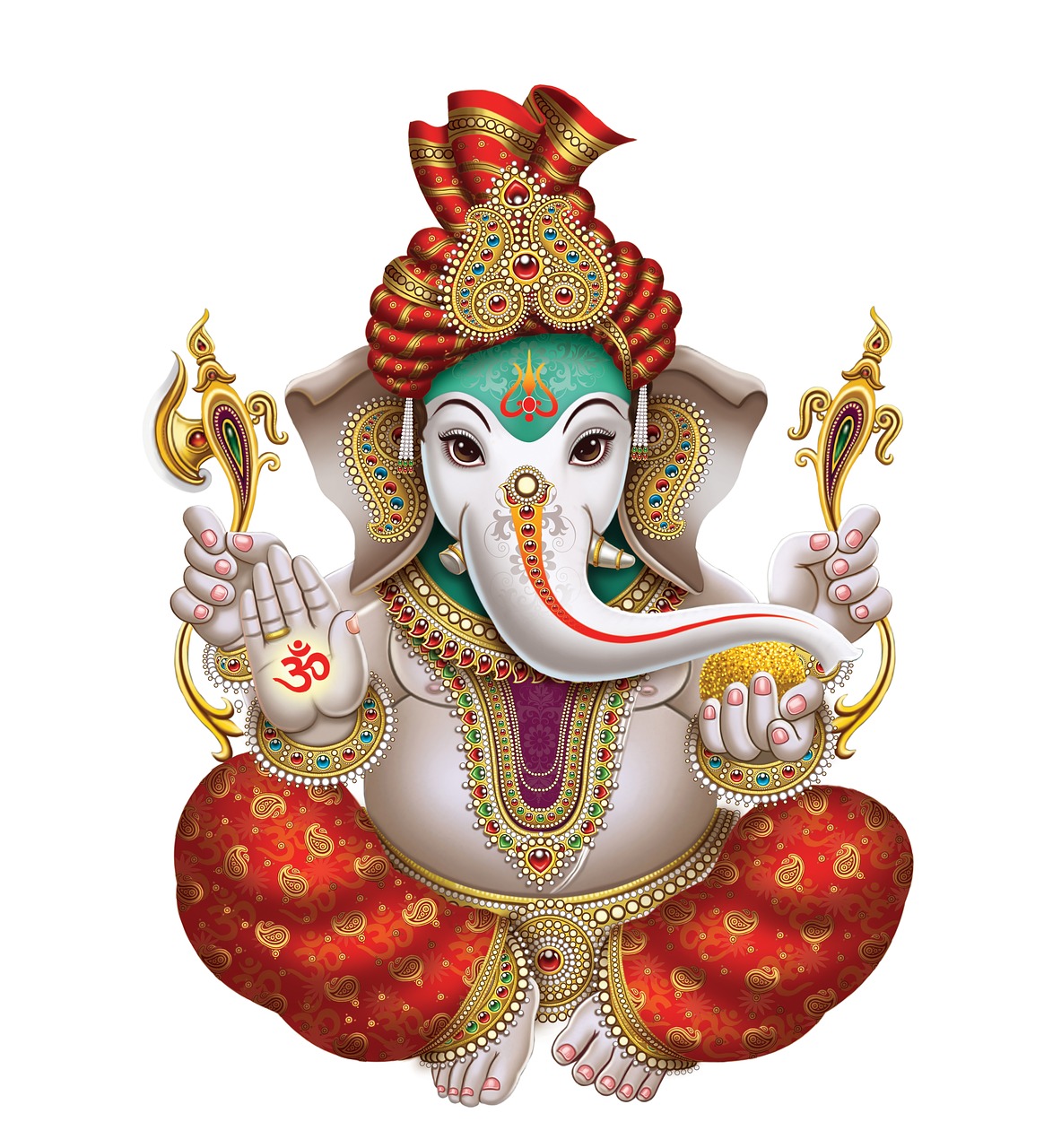Unveiling Banba: The Lesser-Known Irish Goddess
Despite not being among the more widely recognized Irish deities, Banba (also referred to as Anbha or Banbha) holds a significant place in mythology. As the granddaughter of the divine ancestors, Delbáeth and Ernmas, she is notably credited as the first to step foot in Ireland prior to the great flood—a narrative variant linked to the tale of Cessair. If you are keen to delve into Irish mythology, this overview of Banba is an excellent starting point.
Who is Banba?
Banba is celebrated as Ireland’s patron goddess, with her name being translated to mean “woman of Tara” or “mighty woman.” There is limited contemporary knowledge concerning her, apart from her identification as one of the daughters of Delbáeth and Ernmas, who played a crucial role in defeating the Fomorian giants during The Second Battle of Magh Tuireadh. Her significance blossoms in two essential myths: her involvement in the story of Cessair and her legacy at The First Battle of Magh Tuireadh. While various accounts provide differing details, certain aspects of her story remain consistent across sources.
The Meaning and Etymology of Banba
The term Banba translates to “white lady” or “bright woman.” This name finds its roots in Old Irish and may have connections to the Proto-Celtic term ‘bando,’ interpreted as ‘true.’ The similarities between Banbha and Bandio suggest that they could symbolize a singular goddess whose identity merged over time due to cultural syncretism. Alternatively, the name may be interpreted as “first woman,” connecting to Proto-Celtic origins. Banba likely originated as an early divine figure, with her worship evolving into that of Boann. In later interpretations, her identity is intertwined with Ériu, and she is sometimes associated with Abb or Mebd, who might represent a goddess from southern Ireland akin to Danu. According to the legends compiled in Cormac’s Glossary, Banba, alongside her son Conchobar mac Nessa, is said to have founded Emain Macha (currently known as Navan Fort near Armagh) after being promised the role of wife and queen by High King Lugaid Riab nDerg.
The Appearance of Banba
In the medieval era, women displaying remarkable beauty could be referred to as banbha, with the name reflecting a striking visual characteristic—fair eyes. Banba was not only noted for her physical allure and intellect but also as a formidable warrior. Among the six women who valiantly participated in The Battle of Moytura, their combat led to awe from both rivals. Moreover, she is credited with creating Gráinne Mhaol (pronounced Grain-ya Molly), whose story has become an integral part of Irish folklore. Legend has it that Banba bestowed Oisin with nine magical arrows, which he used to win the affection of Grainne Mháol, ultimately taking her from Fionn Mac Cumhail’s chief druid, Fer Doirich. Unlike other known figures such as Cáer Ibormeith and Áine, who are often described with fiery red hair, there is no established narrative regarding Banba’s physical description. Nonetheless, her legendary beauty is acknowledged, reinforcing the notion that beauty varies in form.
Honouring Banba
There are several ways to pay tribute to Banba. One engaging method is to embody her character in your favorite role-playing game. Alternatively, you might choose to adorn your living space with items honoring her essence, or immerse yourself in nature, reflecting upon her presence. For those wishing to delve deeper, consider adopting one of her many personas and embracing specific powers associated with her. If you possess an interest in practices like magic, divination, or prophecy, dedicating time to honor Banba through these avenues could be enriching. Exploring local areas for shrines or temples is another option—homegrown sites hold particular sentimental value. It is likely that she constructed her own megalithic shrine at least once while visiting Tara. If all else fails, expressing your reverence through poetry is always a heartfelt approach.
What Were Her Achievements?
As one of the daughters of Delbáeth and Ernmas, Banba emerges in various accounts. One narrative describes her leading a faction, known as Banba’s Three Daughters, from Scythia (in Eastern Europe) to Ireland, known as Cessair’s Tale, where Cessair is viewed as another name for Banba herself. The arrival of the Three Daughters is interpreted as a precursor to doom. Upon reaching the Irish coast, they are compelled to coexist with Partholón’s tribe, yet their uncut hair—a symbol of their purity—instills fear in Partholón’s people, who worry they may seize control. Consequently, he subjects them to fatal drowning in coracle rafts on what would eventually be Lough Corrib. Their bodies are said to intertwine around an ancient oak tree until Christ liberates their souls, transforming them into trees with intertwined branches comparable to their bodies. Legend has it that one can hear their lamentations near Saint Kevin’s Church on Samhain Eve in Co Meath. After Banba’s demise, Aengus Óg becomes infatuated with her upon seeing her dance near Tara Hill during the Beltane celebrations. Their unyielding love story unfolds as Aengus pursues her across Ireland; however, despite his charms and cleverness, she vehemently turns him down several times until eventually relenting. Although her father attempts to separate them out of jealousy, their bond remains intense, rendering life without each other unfeasible. Ultimately, Aengus finds another spouse due to Banba’s loyalty to her own husband, who seeks honor and glory for himself. This internal conflict leaves both feeling desolate. While all deities face mortality, goddesses are exempt; post-Aengus’s death, Banba waits a millennium for him at Emain Macha before gradually fading. It is believed she journeyed to Tír na nÓg in search of him. In various Scottish legends, Banba is said to have transitioned into Cailleach Bheur, often depicted with one eye missing due to her survival struggles along Scotland’s rugged coasts. The visual portrayal of Cailleach Béar residing on cliffs is said to have influenced Robert Louis Stevenson’s narrative in The Strange Case of Dr. Jekyll and Mr. Hyde. The name Banba also graces numerous Scottish towns, like Balquhidder, Stirling, and Callander, where witchcraft associations are commonly noted.



